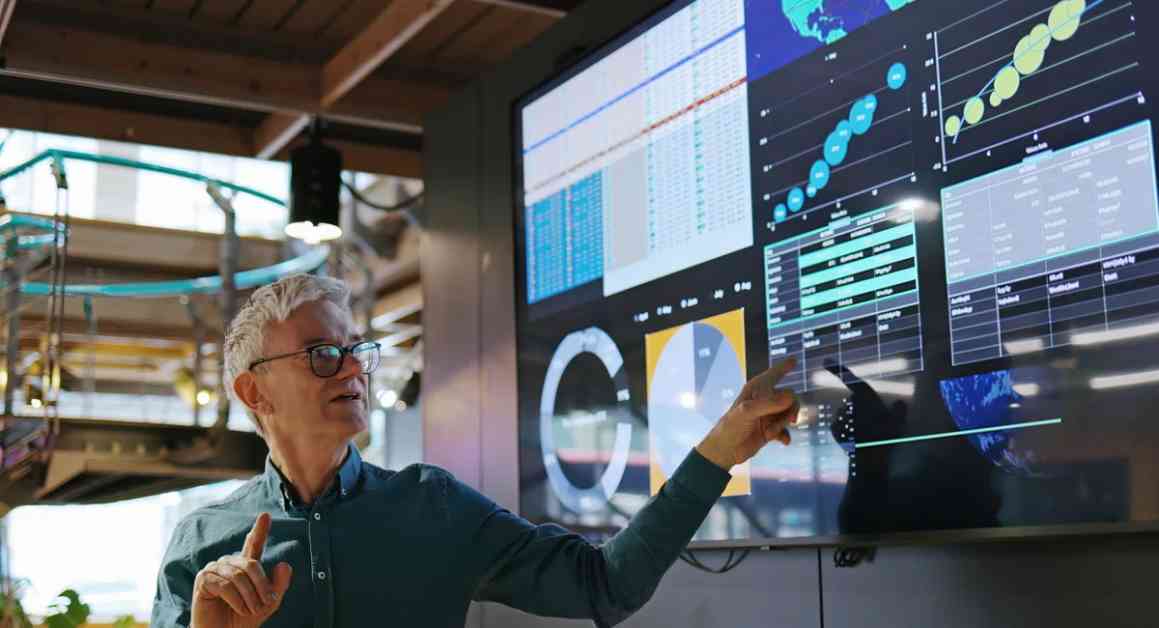New York City’s Economy Thrives in 2025 Amid AI Revolution
In a new report released on Tuesday, the city’s Economic Development Corporation revealed that New York City’s economy is set to continue its growth trajectory in 2025, largely driven by a technological revolution in artificial intelligence (AI). With over 2,000 AI startups and 40,000 workers already contributing to a burgeoning tech ecosystem, the city’s “AI transformation has begun,” marking a significant milestone in its economic landscape.
President and CEO of the corporation, Andrew Kimball, expressed optimism about the impact of AI on various sectors within the city, including life sciences, medicine, and the green economy. “All of those things get transformed by AI,” he stated in an interview prior to the report’s release, highlighting the far-reaching implications of this technological advancement.
### AI’s Influence on Job Market
Despite the promising outlook for New York City’s economy, the report acknowledged concerns about potential job displacement due to AI adoption. While some local jobs may be at risk, the report emphasized that for every job lost to AI, between four and ten new jobs could be created or enhanced by the technology. This nuanced perspective reflects a balanced view of the evolving job market landscape in the city.
### AI’s Role in Job Creation
The consultancy McKinsey projected that the integration of AI and other technologies could lead to the addition of 200,000 net jobs in the New York City region by 2030. While the report did not specify the exact areas where AI could displace workers, it underscored the potential for job augmentation and growth in tandem with technological advancements.
### Addressing Inequality and Housing Challenges
In addition to economic opportunities, the report also highlighted significant challenges facing the city, such as growing income inequality and housing shortages. Acknowledging the disparities in income distribution and employment rates, the report called attention to the need for comprehensive policy measures to address these issues.
Kimball emphasized the pressing need for solutions to the city’s housing crisis, citing a low rental vacancy rate and a lack of adequate housing units to accommodate the growing workforce. However, the report remained hopeful about recent initiatives, such as the passage of the Adams administration’s land-use plan, which aims to create more housing opportunities citywide.
As New York City navigates the complexities of a rapidly evolving economy shaped by AI innovations, the report serves as a roadmap for policymakers and stakeholders to navigate the challenges and opportunities ahead. With a blend of cautious optimism and proactive solutions, the city aims to harness the transformative power of AI while addressing pressing social and economic issues for a more inclusive and sustainable future.












